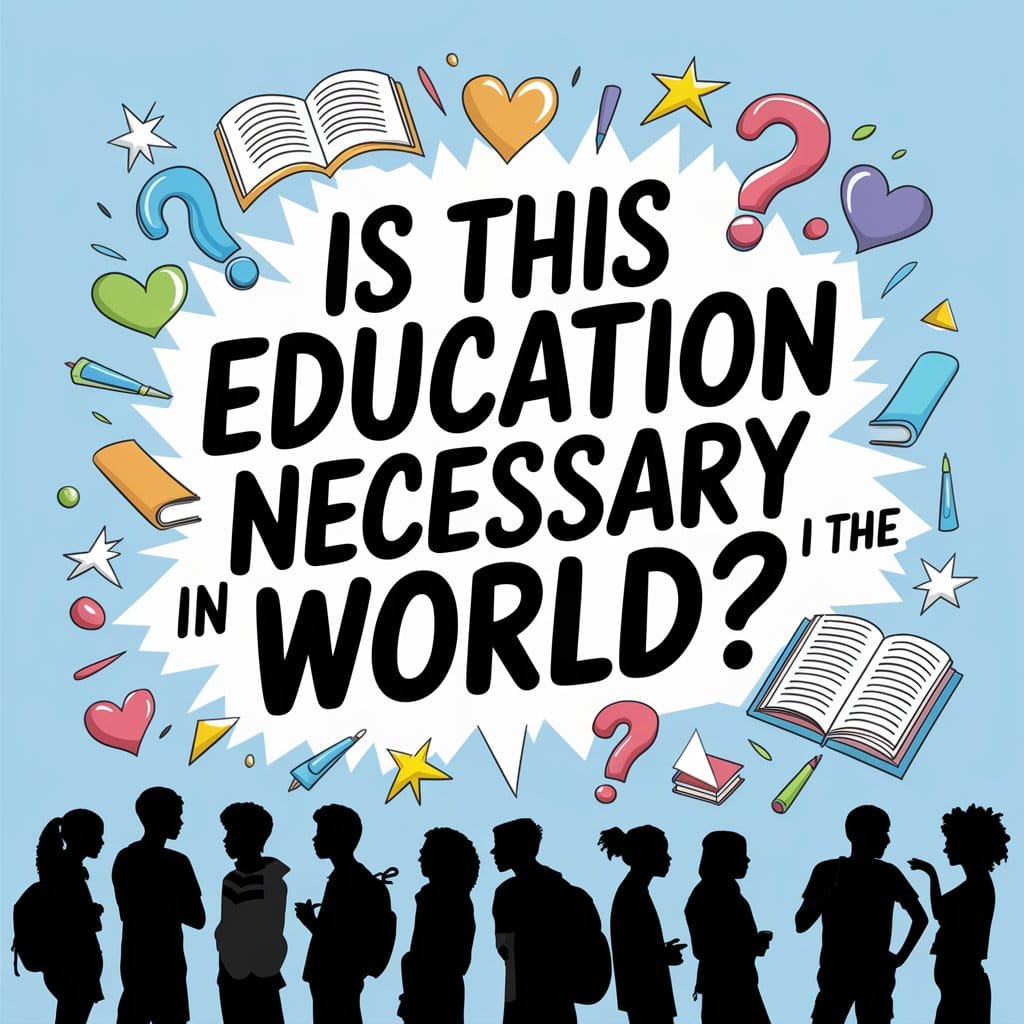Instagram VS Mental Health

Instagram is a popular social media platform and mobile app designed for sharing photos and videos. It was launched in October 2010 and has since become one of the most widely used social networking platforms in the world. Instagram allows users to create profiles, post photos and videos, and interact with others through likes, comments, and direct messages.
Instagram has evolved significantly since its inception and has played a crucial role in shaping how people share and consume visual content online. It's used by individuals, celebrities, businesses, and influencers to connect with their audiences, showcase their creativity, and promote products and services.
Key Features of Instagram:
- Photo and Video Sharing
- Stories
- Explore Page
- Reels
- Followers and Following
- Likes and Comments
- Direct Messaging
- Hashtags
- Business and Creator Tools
Instagram provides a platform for individuals to improve their skills and advance their careers. However, it's essential to note that, like any other social media platform, Instagram has its drawbacks.
During my time on Instagram, I noticed that my emotions were constantly changing, especially when watching Reels. To investigate the emotional algorithm of Instagram, I spent an hour observing my emotional responses. During that time, I found myself cycling through various emotional states, such as happiness, sadness, and surprise. This pattern repeated itself throughout the hour while I was watching Reels.
Emotions and Mental Issues: The number of basic human emotions is a topic of debate among psychologists and researchers. Some suggest there are six basic emotions, while others propose a broader range. One common theory, proposed by psychologist Paul Ekman, identifies six universal basic emotions:
- Happiness
- Sadness
- Fear
- Anger
- Surprise
- Disgust
These six emotions are considered universal because they are believed to be experienced by people across different cultures and societies.
Experiencing frequent and rapid shifts in emotions, such as multiple times in an hour, can have various effects on a person's mental and emotional health. Here are some potential outcomes and considerations:
- Emotional Rollercoaster
- Stress and Anxiety
- Impaired Decision-Making
- Impact on Relationships
- Physical Health
- Mental Health
- Coping Strategies
- Self-Awareness
- Seeking Help
It's important to understand that experiencing a range of emotions is natural, and occasional mood swings are common. However, if frequent and rapid emotional shifts are interfering with your ability to function or enjoy life, it's advisable to seek guidance and assistance to address the underlying causes and develop more effective emotional regulation techniques.
I am writing this blog because my experience on Instagram made me aware of how my emotions were constantly changing. To investigate Instagram's emotional algorithm, I conducted a one-hour observation of my emotional responses, which revealed the recurring cycle of emotions like happiness, sadness, and surprise.
As research suggests, abrupt emotional changes can have adverse effects on mental and physical health. Therefore, it is crucial to exercise self-control while using such platforms to prevent potential health issues. These findings are based on my personal research.
If you spot any mistakes or have any comments, please mention them in.



